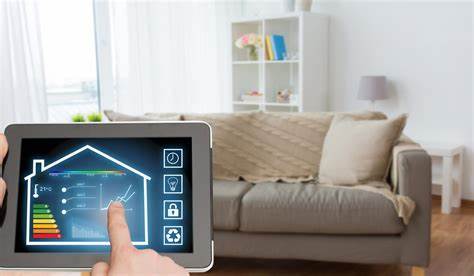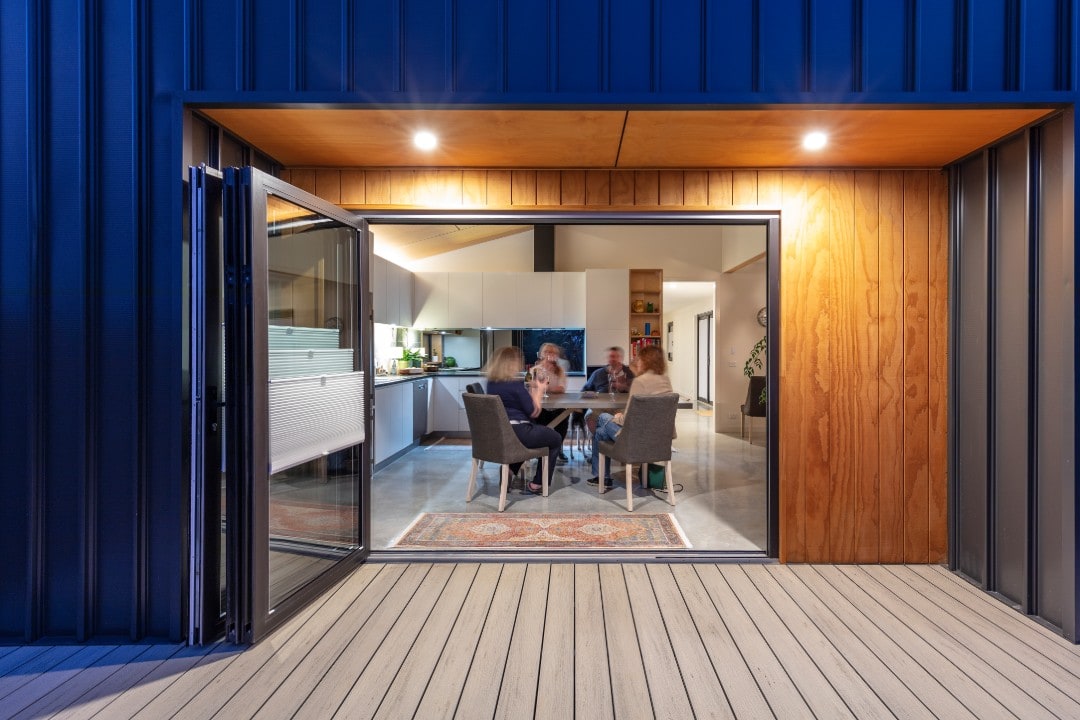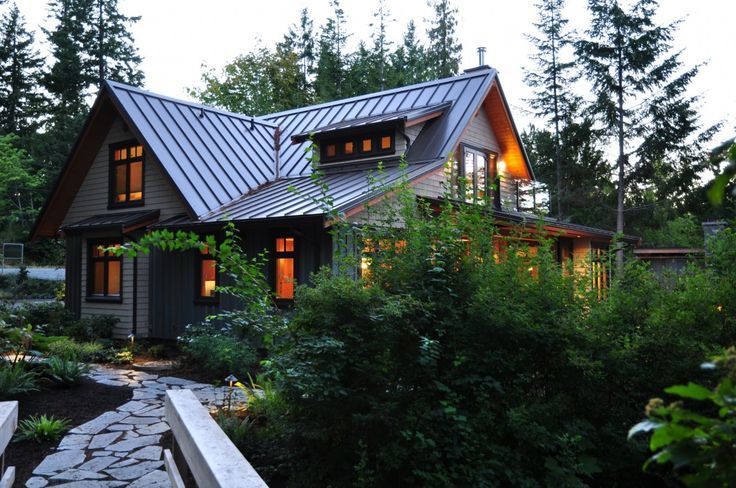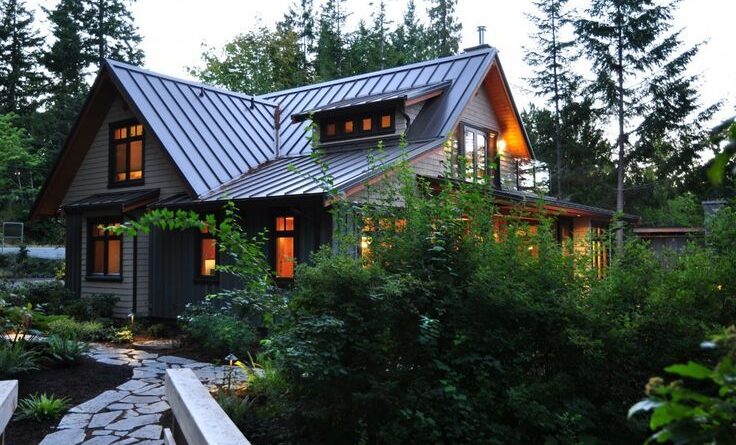With rising energy costs and growing environmental concerns, homeowners are increasingly looking for ways to enhance their homes’ energy efficiency. Not only do these upgrades reduce carbon footprints, but they also lead to significant savings on utility bills. A comprehensive approach to energy efficiency often involves the collaboration of various experts, including wrap around architects, who specialize in designing spaces that maximize natural light and optimize insulation. Here’s your definitive guide to energy-efficient home enhancements:
Start with an Energy Audit:
Before diving into upgrades, it’s crucial to understand your home’s current energy performance. Hiring a professional to conduct an energy audit can pinpoint areas of inefficiency and provide tailored recommendations.
Optimize Insulation:

source: pinterest.com
Proper insulation can significantly reduce heat loss in winters and keep your home cooler in summers. Pay particular attention to the attic, walls, and basements. If considering a significant remodel, wrap around architects can design extensions with optimal insulation in mind.
Upgrade to Energy-Efficient Windows:
Double or triple-pane windows filled with inert gas can greatly reduce thermal transfer. Additionally, ensure that windows are sealed correctly to prevent drafts.
Invest in Solar Panels:
Solar panels harness sunlight to generate electricity, offering substantial savings in the long run. While the initial investment is sizable, many regions offer incentives and tax breaks to offset costs.
Install a Smart Thermostat:

source: pinterest.com
Smart thermostats learn your habits over time and adjust heating or cooling accordingly. This ensures that energy isn’t wasted when nobody’s home or during times when a milder indoor climate is acceptable.
Choose Energy Star Appliances:
When it’s time to replace appliances, opt for those with the Energy Star label. They meet strict energy efficiency guidelines set by the U.S. Environmental Protection Agency.
Utilize LED Lighting:
LED bulbs consume significantly less electricity and last longer than traditional incandescent or CFL bulbs. They also produce less heat, which can contribute to a cooler home in summer months.
Embrace Natural Lighting:

source: pinterest.com
Redesigning spaces to maximize natural light can reduce the need for artificial lighting. Skylights, larger windows, or open floor plans proposed by wrap around architects can make a substantial difference.
Install Low-Flow Fixtures:
While primarily known for water conservation, low-flow showers and faucets also save energy by reducing the demand for water heating.
Landscape Smartly:
Planting trees or shrubs in strategic locations can offer shade during hot days, acting as natural insulators. Conversely, deciduous trees can let sunlight in during the winter, providing natural warmth.
Incorporating energy efficiency into home design and upgrades doesn’t just make economic sense; it’s a step towards a more sustainable and responsible lifestyle. Whether you’re making small changes or considering a significant remodel with the help of wrap around architects, each step taken towards energy efficiency is a stride towards a brighter, greener future.




